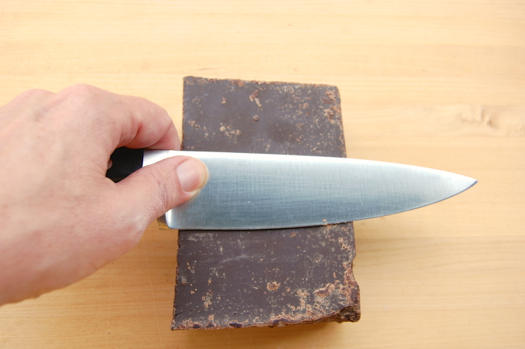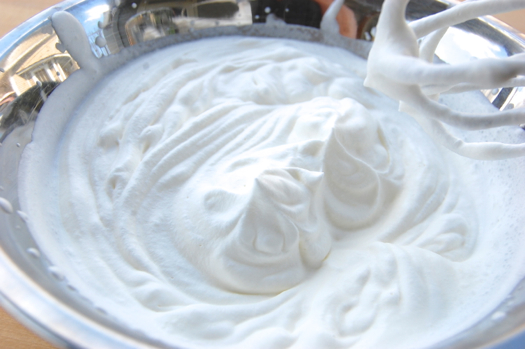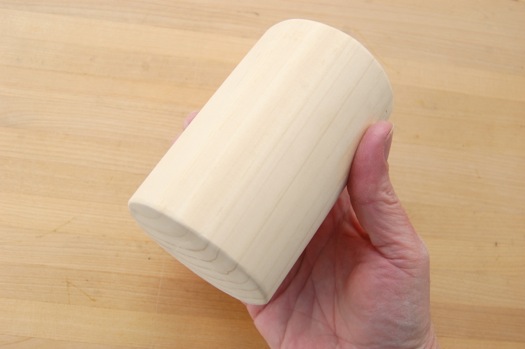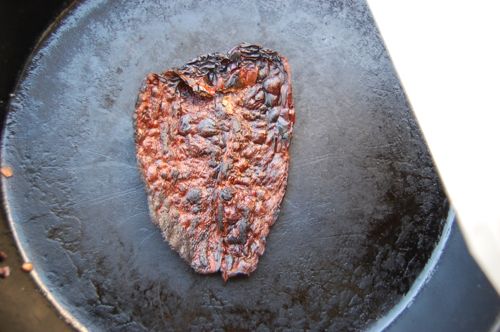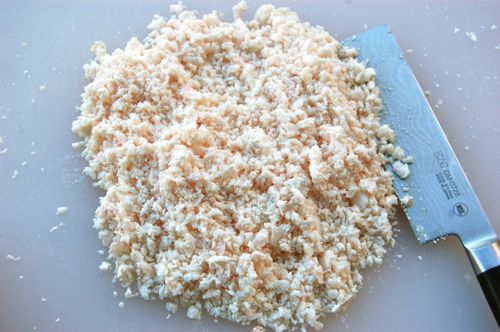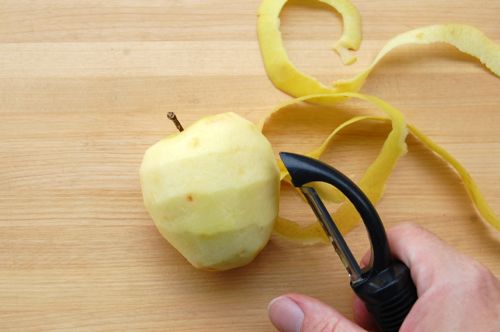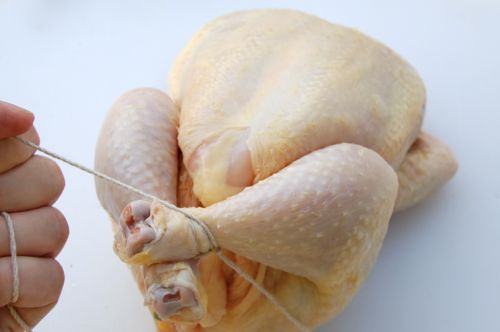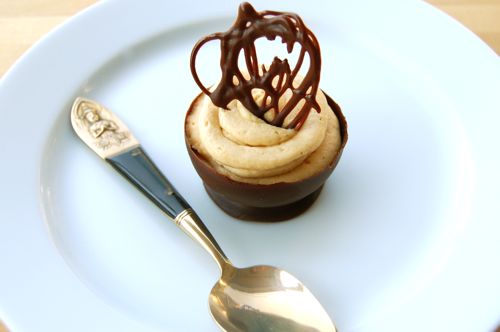“Roll” Laminating
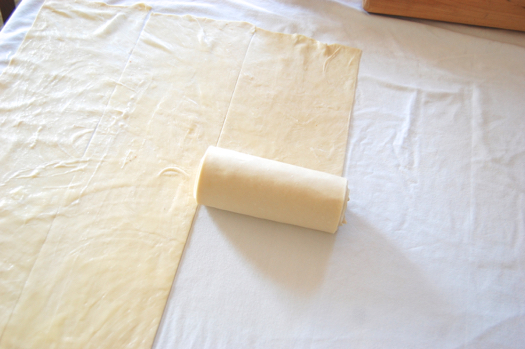
Laminating via a roll — instead of a series of folds — is a very old technique. It likely predates folding lamination by several centuries. Introduced to Europe by the Arabs sometime around the high Middle Ages, it found favor in the more fashionable courts of Spain and Italy during the Renaissance. Over time it’s mostly faded from view, though it still hangs on in a few odd corners of the culinary world. I think it’s ready for a comeback.
Lamination by roll, just like lamination by folding, takes practice to truly master. I certainly haven’t mastered it, but now that I’ve more or less nailed down a formula and a process I think I’ll be doing it a lot more. I formulated and mixed the dough in such as way as to maximize gluten development. What results is an unusually soft yet elastic dough that can stretch even beyond what’s necessary for most roll-laminated projects. But that extra pliability makes it a lot more forgiving than other formulas I tried, and that’s always a nice feature.
READ ON